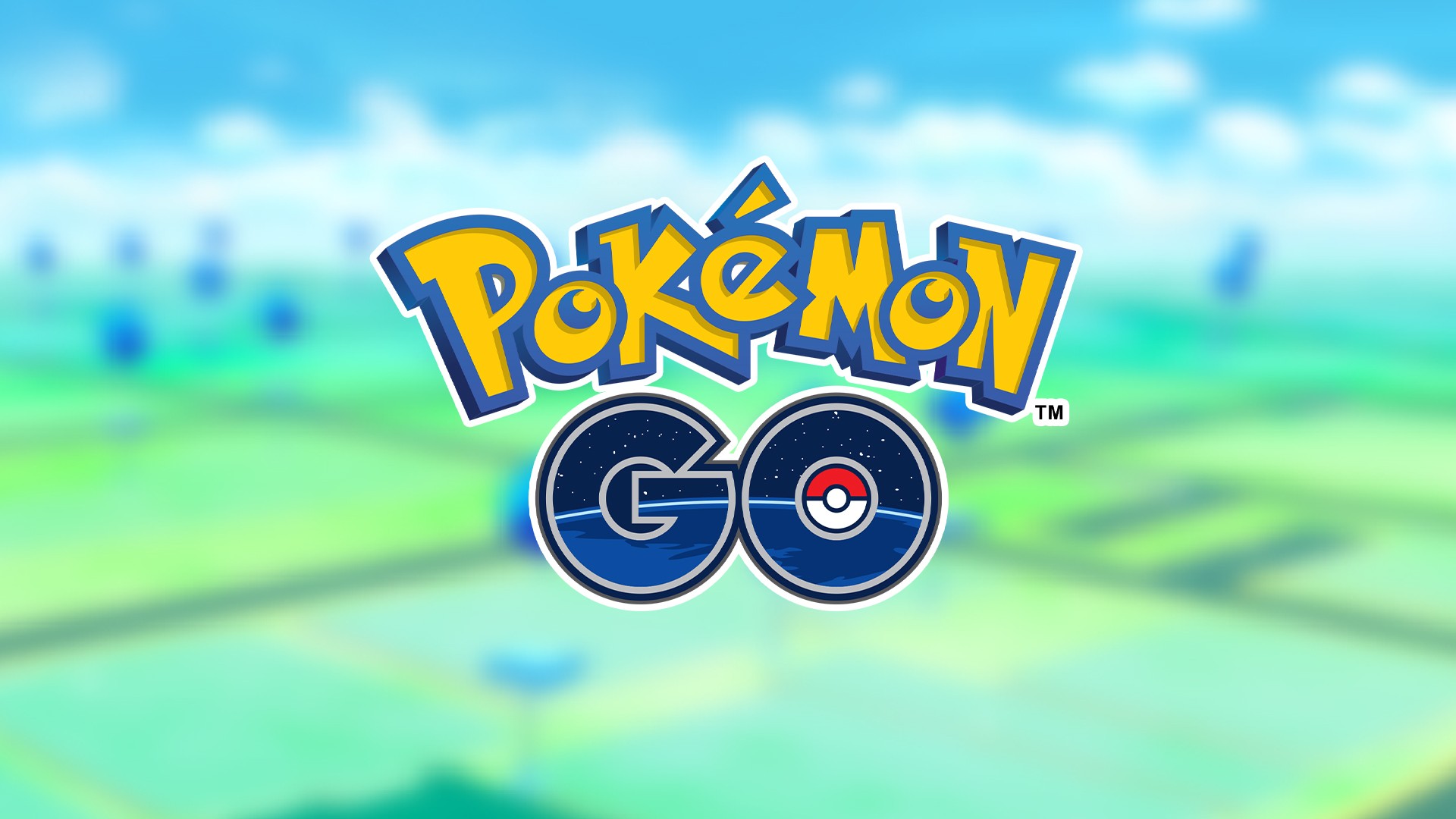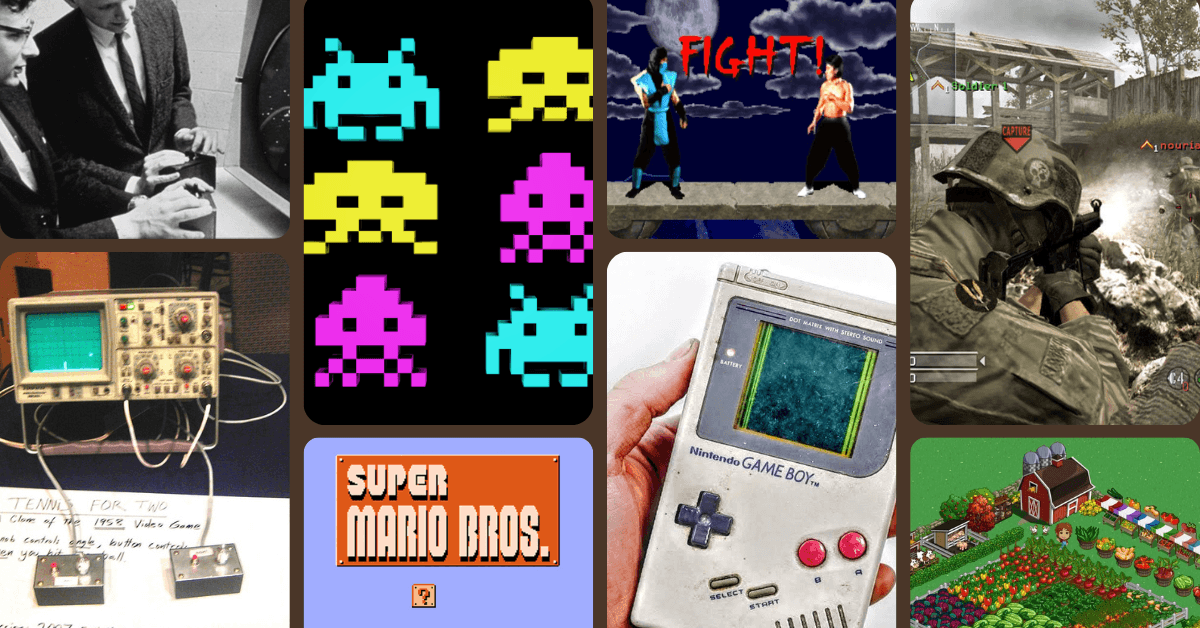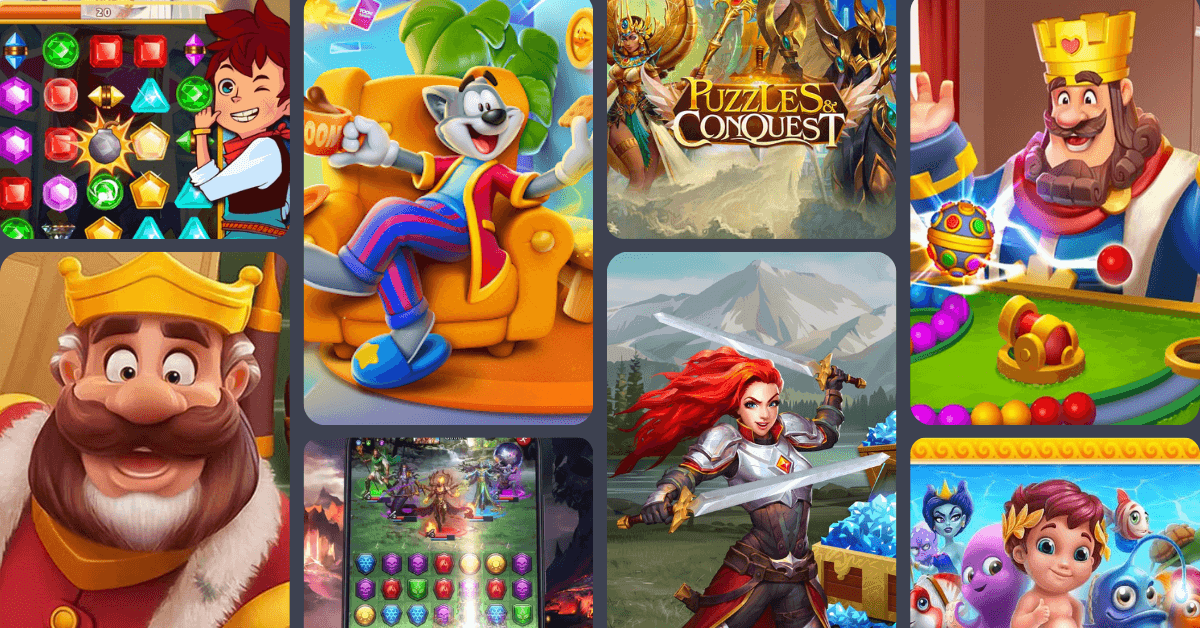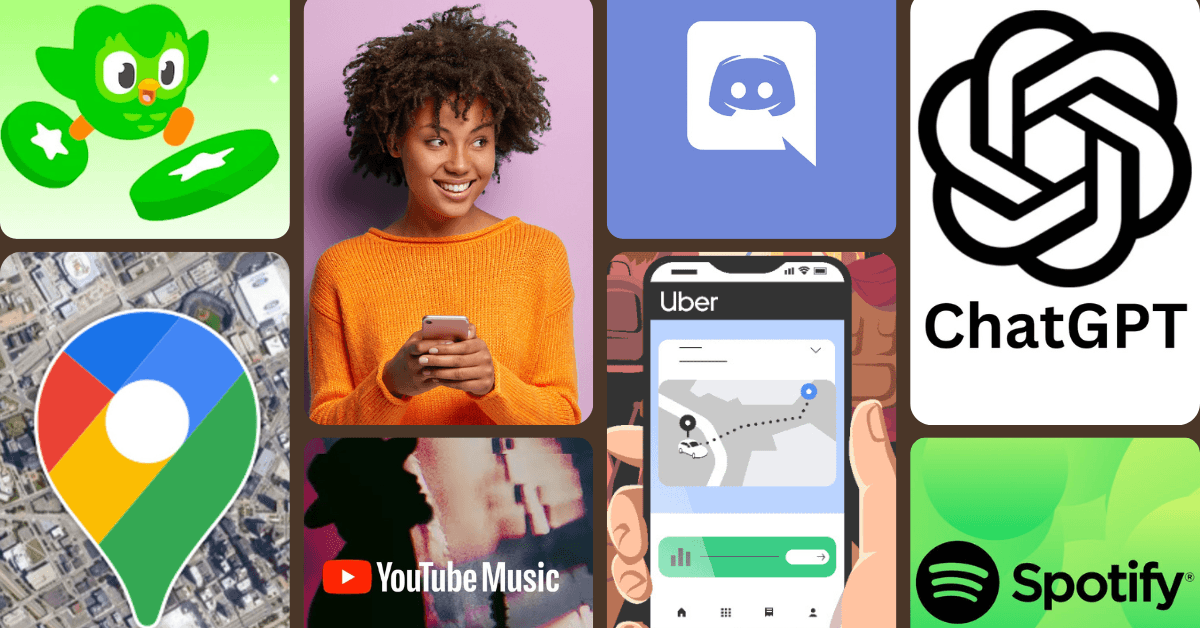The mobile game Pokémon Go officially launched on July 6, 2016, and for a few surreal weeks that summer, it felt like everyone was outside, staring at their phones, chasing Pikachu through parks and city streets.
But this wasn’t just another app launch.
Pokémon Go marked a massive cultural moment. It blended childhood nostalgia with real-world augmented reality, all on the device in your pocket.
In this article, we’ll cover:
- The exact Pokémon Go release date and timeline
- Why the game went viral overnight
- How it changed the mobile gaming industry
- How it’s evolved over the years
- Current Pokémon Go stats
- Why it’s still popular in 2025
Let’s get into it.
Pokémon Go’s Official Release Date
Pokémon Go was first released on July 6, 2016, in the United States, Australia, and New Zealand.
This marked the beginning of a global rollout that would take several weeks. Because of server overloads and unexpected traffic, Niantic chose to launch in waves rather than all at once.
Here’s a clearer breakdown of the launch timeline:
- July 13, 2016 – Germany
- July 14–16, 2016 – United Kingdom, Italy, Spain, and Portugal
- July 17–21, 2016 – Canada and most of Europe
- July 22, 2016 – Japan
- August–September 2016 – Latin America, Southeast Asia, and additional global regions
The staggered rollout was frustrating for fans outside those early countries, but it helped Niantic manage a launch that exceeded all expectations.

Why Did It Feel So New?
Pokémon Go wasn’t just a mobile game – it was a shared experience. For many, it was the first time a video game had blended seamlessly into real life.
Real-World Gameplay
Instead of sitting on your couch, Pokémon Go asked you to get outside, explore your neighborhood, and discover new places. Parks became gyms. Landmarks became PokéStops. The world around you became part of the game.
This kind of location-based AR gaming was unheard of at the time. The novelty was electric.
Augmented Reality Before It Was Mainstream
While most people hadn’t tried AR before 2016, Pokémon Go made it simple, fun, and magical. Holding up your phone to see a Charmander on your couch or a Jigglypuff in the park felt futuristic.
Even if you didn’t use the AR feature much, the idea of your phone tracking your movements and spawning Pokémon based on location was revolutionary.
Powered by Nostalgia
Let’s not forget – Pokémon is one of the most beloved franchises in the world.
By 2016, it had been around for over 20 years, with video games, trading cards, movies, and TV shows. The idea of catching Pokémon in the real world had been a childhood dream for millions.
That nostalgia hit hard – and fast.
Pokémon Go Was an Instant Global Phenomenon
The game spread like wildfire.
Even in countries where it wasn’t officially available yet, people found workarounds. It topped app store charts. It dominated social media. And most importantly – it got people outside and moving.
Here’s just how big it got in those first few months:
- 500 million downloads in 2016 alone (Niantic)
- Peaked at 28.5 million daily U.S. users in mid-July (Sensor Tower, 2016)
- Became the fastest mobile game to reach $100 million in revenue
- Beat Facebook, Snapchat, and Twitter in time spent per day
- Sparked massive real-world gatherings, from Central Park to Tokyo
- Local businesses even began marketing themselves as PokéStops
The impact was so large that city officials, police departments, and government agencies released official statements to help players stay safe while playing.
Media Frenzy and Cultural Impact
The media coverage was relentless.
You probably remember the news footage – stampedes of people running to catch a rare Pokémon. People getting into accidents. Hilarious (and sometimes weird) stories of encounters during gameplay.
Pokémon Go wasn’t just popular – it became part of the cultural zeitgeist.
The term “Pokémon Go” was searched more than “porn” in July 2016 (Google Trends). It made headlines across every major outlet. Celebrities, politicians, and athletes all got involved. It felt like a shared, global inside joke.

How Pokémon Go Changed Mobile Gaming
Before Pokémon Go, most mobile games followed a formula: idle tapping, tower defense, puzzles, or match-3 mechanics.
This game flipped that upside down.
Pioneered Location-Based Gaming
Pokémon Go wasn’t the first location-based game, but it was the first to make it mainstream. It showed that real-world integration could be a powerful hook.
Games like Ingress (also by Niantic), Harry Potter: Wizards Unite, Pikmin Bloom, and Monster Hunter Now all followed in its footsteps.
Redefined Engagement
Instead of chasing high scores, you were chasing an experience.
Walking more meant better rewards. Socializing helped you complete raids. Weather, time of day, and season affected spawns. Your real-life actions shaped your in-game outcomes – and that was rare for mobile games.

Pokémon GO Statistics for 2025
Pokémon Go Revenue: Over $6 Billion and Counting
Since its launch in 2016, Pokémon Go has generated more than $6 billion in global revenue from mobile alone.
That puts it among the top-grossing mobile games of all time – right next to giants like Honor of Kings, PUBG Mobile, and Candy Crush.
What makes this even more impressive is that:
- The game doesn’t rely heavily on aggressive monetization
- It remains free-to-play with optional in-app purchases
- Its revenue is largely driven by cosmetic items, raid passes, and event tickets
The long-term monetization success shows that players are willing to spend consistently when the content is engaging and tied to real-world interaction.
Total Downloads: 700 Million+ Installs Worldwide
Pokémon Go has been downloaded over 700 million times since launch, which tells us two things:
- Its initial viral explosion brought in a massive wave of users
- It has continued to attract new players year after year through updates, events, and seasonal content
While not every download translates to an active user, the scale speaks to the franchise’s lasting appeal. Even today, new players are discovering (or rediscovering) the game.
Retention Rates: Better Than Most Mobile Games
Here are the latest user retention stats (last month):
- Day 1: 41.6%
- Day 7: 28.2%
- Day 14: 20.5%
- Day 30: 15.1%
These numbers are well above average for mobile games. For context:
- Typical Day 1 retention is 25–35%
- Day 7 retention often drops to 10–15%
- Day 30 retention above 10% is considered strong
This shows that Pokémon Go still hooks new users early and keeps a meaningful percentage coming back weeks later. Features like Community Days, real-world events, and raid battles all play a role in reinforcing long-term engagement.
Monthly Active Users: 10.3 Million
With an average of 10.3 million monthly active users (MAUs), Pokémon Go is still one of the most played mobile games – impressive for a game nearly a decade old.
This figure reflects:
- Ongoing event participation
- A strong core user base
- Global reach across both casual and hardcore audiences
The number may be lower than at its 2016 peak, but it’s still substantial for a live ops-driven game in 2025.
Daily Active Users: 7.6 Million
An average of 7.6 million daily active users (DAUs) is especially impressive when you compare it to the MAU figure.
That’s a DAU/MAU ratio of roughly 73.7%, which is very high. For comparison:
- Most mobile games operate at 15–30%
- Anything above 50% suggests very strong daily stickiness
This shows that Pokémon Go isn’t just opened occasionally – it’s part of players’ daily routines.
Average Session Length: 14 Minutes
The average session length is 14 minutes, which says a lot for a location-based AR game.
Here’s what it suggests:
- Players are spending enough time to catch Pokémon, spin PokéStops, and battle gyms
- Sessions are designed to be quick but meaningful, fitting into lunch breaks or short walks
- With multiple sessions per day, total daily engagement is likely much higher
It also reinforces that AR-based game mechanics don’t need long sessions – just well-designed, bite-sized gameplay loops.
Pokémon Go in 2025: Still Popular?
So, nearly a decade later… is Pokémon Go still popular?
Absolutely.
It’s not the viral wildfire it once was, but it’s a stable, high-performing live service game with a loyal community.
Here’s where it stands today:
- Millions of new players
- Still regularly in the top-grossing games on both iOS and Android
- New features released regularly, including PvP, trading, and story content
- Events held almost weekly, with thousands of players attending in-person festivals worldwide

Features Pokémon Go Has Added Over the Years
If you haven’t played since 2016, here’s what you’ve missed:
Raids and Legendary Pokémon
Battle epic bosses with other players in real-time and catch powerful Pokémon like Mewtwo or Rayquaza.
PvP Trainer Battles
Duel other players to test your battle strategy and earn rare rewards.
Team GO Rocket
Fight back against invading NPCs and rescue “Shadow Pokémon” from their control.
Buddy System
Choose a buddy Pokémon who travels with you and helps you earn items or bonuses.
Community Days
Monthly events where one featured Pokémon appears in massive numbers with special bonuses.
Seasons and Events
From Halloween to Lunar New Year, Pokémon Go runs seasonal events with themed spawns, costumes, and rewards.
Final Thoughts
Pokémon Go came out on July 6, 2016, but its true legacy goes far beyond that launch date.
It turned parks into PokéStops, city squares into gyms, and everyday commutes into mini adventures. It brought people together during one of the most unexpectedly joyful summers in recent memory – and it showed that mobile games could be active, social, and immersive.
Nine years later, it’s still proving that idea right.
Sources
- AppMagic, 2025. Pokemon Go data







Comments